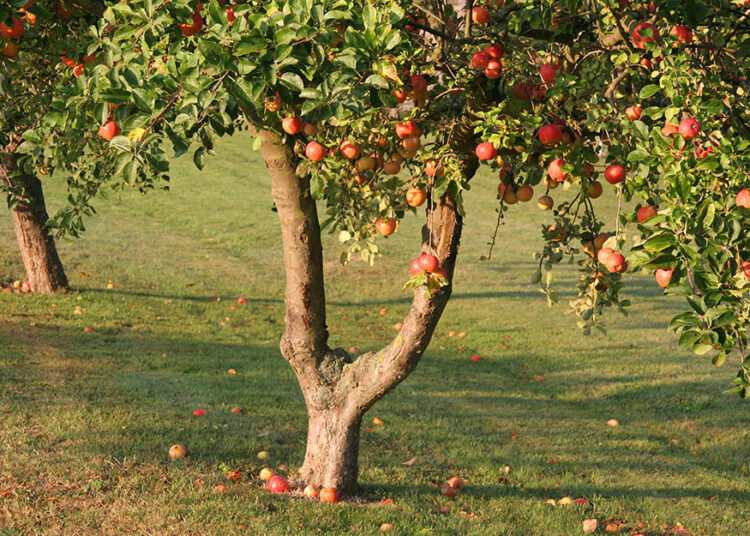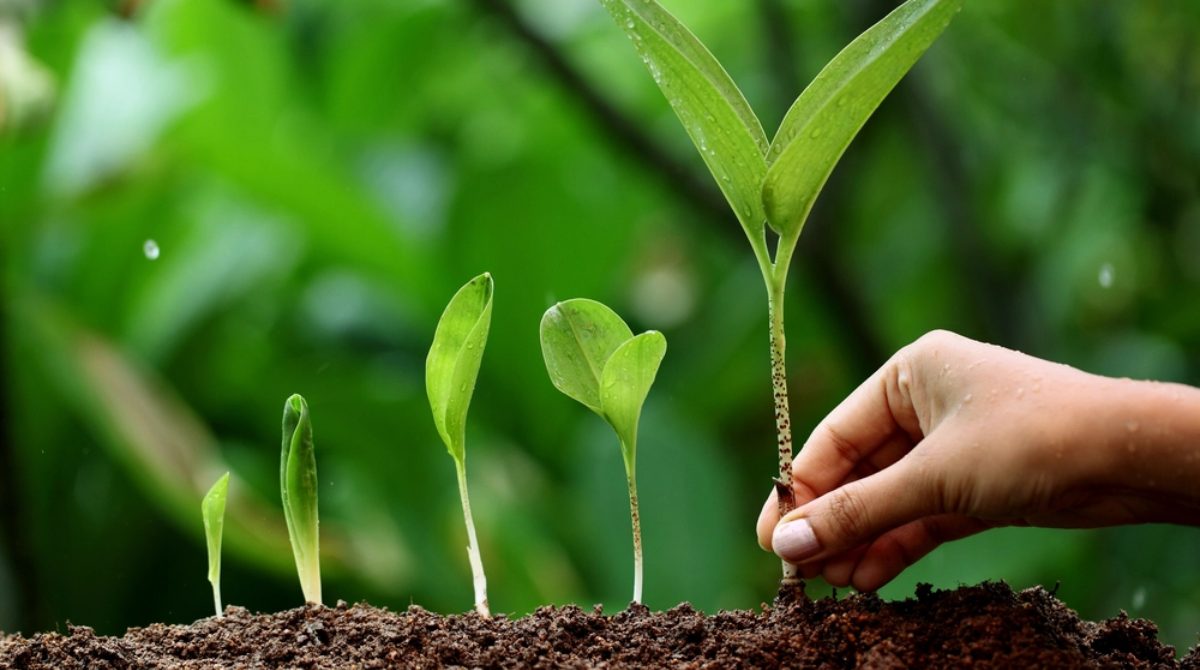Growing an apple tree is a rewarding experience for any gardener, but it requires patience and knowledge of the growth stages. Understanding how long it takes for an apple tree to grow, bear fruit, and reach its full potential is essential for successful cultivation. In this article, we’ll explore the factors that influence apple tree growth and how to care for your tree to encourage healthy growth and fruit production.
Factors Influencing Apple Tree Growth
Several factors play a role in determining how long it will take for an apple tree to grow and produce fruit. Here are some of the most important ones:
1. Variety of Apple Tree
The type of apple tree you plant can significantly affect how long it takes to bear fruit. Dwarf apple trees, for example, are known to start producing fruit much sooner than standard-sized apple trees. Typically, dwarf apple trees begin to bear fruit in 2 to 3 years, while standard-sized trees may take up to 8 years to produce fruit.
2. Rootstock Selection
The rootstock of an apple tree determines the size of the tree and how quickly it grows. Dwarfing rootstocks lead to smaller trees that bear fruit earlier, while standard rootstocks result in larger trees that take longer to reach maturity. If you’re looking for quicker fruit production, consider choosing a dwarfing rootstock.
3. Climate and Growing Conditions
Apple trees thrive in climates with cold winters and warm summers. These trees require a certain number of chilling hours (a period of cold weather) to ensure proper bud development. Additionally, apple trees need at least 8 hours of sunlight a day to grow and fruit well. Choosing the right location and ensuring your tree gets adequate sunlight and water is crucial for its growth.
Growth Stages of Apple Trees
Understanding the growth stages of an apple tree can help you care for it at each phase and ensure it grows strong and healthy.
1. Planting and Early Development
When you first plant an apple tree, it will focus on establishing its roots and growing vegetatively. During this phase, it’s important to provide the tree with proper watering, mulching, and protection from pests. The tree will spend its first few years building a strong root system and developing healthy leaves and branches.
2. Mature Growth and Fruiting
Once the tree has matured, it will begin to shift from vegetative growth to fruit production. In the early years, you may see only a small number of apples. As the tree continues to grow, the number of apples will increase, and the tree will produce larger and more consistent yields. Regular pruning is essential to maintain the tree’s health and ensure proper fruit development.
Accelerating Fruit Production
If you’re eager to enjoy apples from your tree sooner, there are several strategies you can use to accelerate the fruiting process:
1. Choosing the Right Varieties
Dwarf and semi-dwarf apple tree varieties are the best choice for gardeners who want quicker fruit production. These trees are smaller in size but still produce a significant amount of fruit. By selecting these types of trees, you can enjoy apples in as little as 2 to 3 years.
2. Optimal Planting Practices
Proper planting techniques can also help accelerate the growth and fruit production of your apple tree. Ensure that the tree is spaced adequately from other plants to allow for proper air circulation. The soil should be well-drained and rich in nutrients. Additionally, planting multiple varieties nearby can improve pollination and increase fruit yield.
Common Challenges and Solutions
While apple trees are relatively easy to grow, there are some common challenges that gardeners may face. Here are a few solutions to address these issues:
1. Pest and Disease Management
Apple trees are susceptible to pests and diseases, which can stunt their growth and reduce fruit production. Regularly inspect your tree for signs of pests, such as aphids or apple maggots, and treat them with organic pest control methods. Keep the area around your tree free of debris to prevent disease buildup.
2. Environmental Stressors
Apple trees can be affected by extreme weather conditions, such as strong winds or frost. Protect your tree from harsh elements by providing support during windy conditions and using frost covers during cold weather. Proper tree care can help mitigate the impact of these stressors and keep your tree healthy.
Conclusion
Growing an apple tree is a long-term investment that requires careful planning and attention to detail. By understanding the factors that influence apple tree growth and following proper care techniques, you can enjoy a healthy, fruit-bearing tree in just a few years. Whether you opt for a dwarf variety or a standard-sized tree, be prepared for a rewarding gardening experience that will yield delicious apples for years to come.










